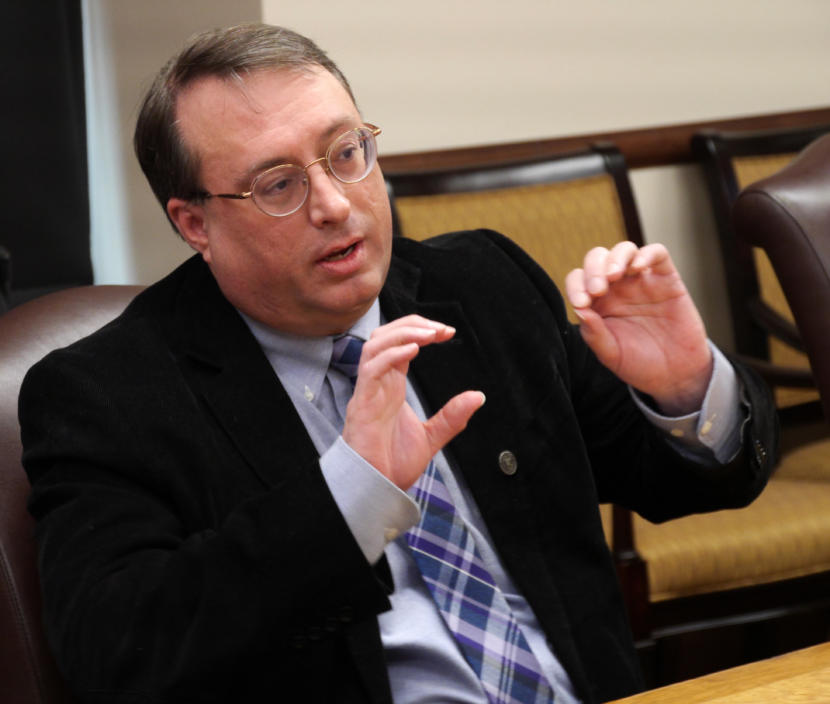
Alaska’s state government can expect $1.3 billion less than it previously forecast, largely because of the drop in oil prices.
That’s according to the spring revenue forecast released by the state Department of Revenue on Monday.
With oil prices expected to stay under $30 per barrel through June, that will mean roughly $500 million less for the budget ending in June than expected. Compared with what the department forecast in December, there’s $800 million less for the next budget.
Deputy Revenue Commissioner Mike Barnhill explained why the forecast was released three weeks later than usual.
“The markets have been extremely volatile, and so we’ve been waiting for some of the volatility to smooth out,” he said. “With the passage of the (federal) CARES Act a week ago, the investment markets have smoothed out a bit, and oil prices are rebounding somewhat.”
This new estimate is roughly $200 million less than the numbers the Legislature used when it passed the budget just over a week ago. That means the budget is now projected to draw down savings even further, leaving the Constitutional Budget Reserve with less than $300 million.
Revenue Chief Economist Dan Stickel said this was one of the most challenging forecasts to produce in the 16 years he’s worked on them.
“I’d say this is definitely one of the most extreme periods of uncertainty that I’ve been involved in, in producing a forecast,” Stickel said.
The forecast didn’t adjust the amount the state expects to draw from Alaska Permanent Fund earnings. That number will be available after the new budget year starts.